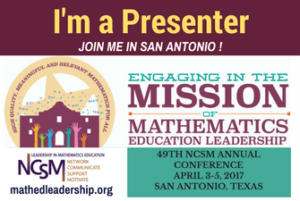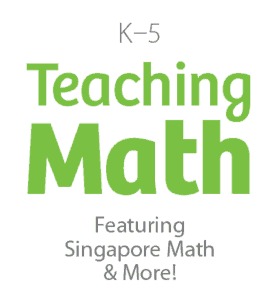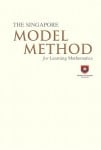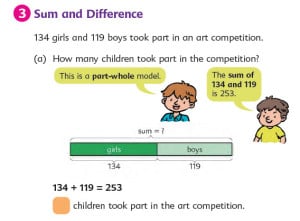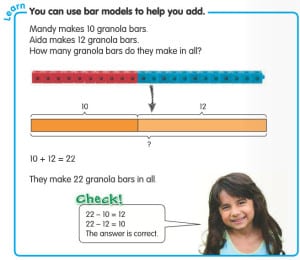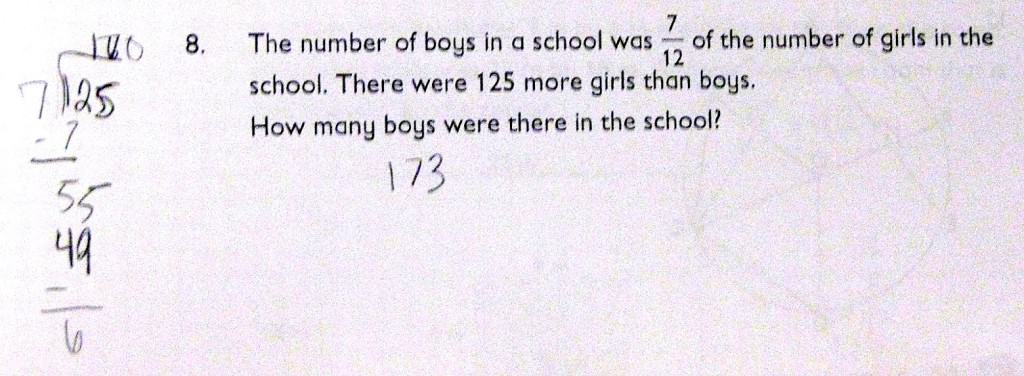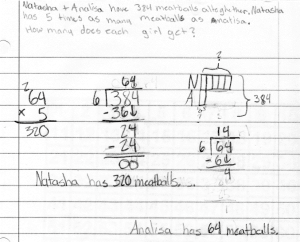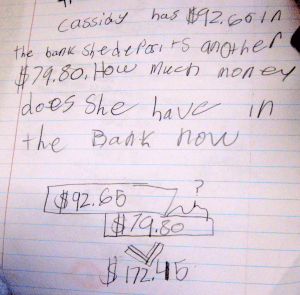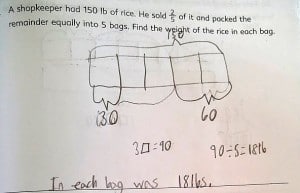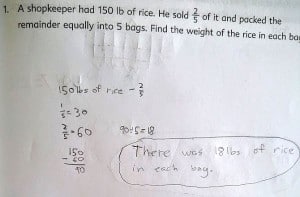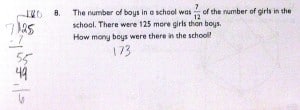Spring educators’ conference season is upon us and we are thrilled by several opportunities to speak at upcoming events. The descriptions below are from conference programs.
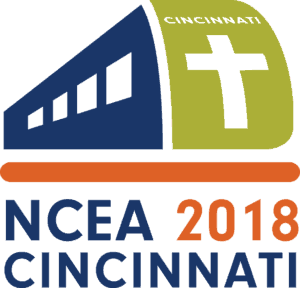 NCEA 2018 Convention & Expo (April 3 – 5 at the Duke Energy Convention Center in Cincinnati, OH) is the largest private-education association gathering in the nation!
NCEA 2018 Convention & Expo (April 3 – 5 at the Duke Energy Convention Center in Cincinnati, OH) is the largest private-education association gathering in the nation!
Strip Models, Tape Diagrams, Bar Models, Oh My!
Presenters: Cassy Turner and Beth Curran
Date: Tuesday, April 3, 2018
Time: 1:30 PM – 2:45 PM
Room: 251
Improving students’ problem-solving abilities is a major focus of mathematics education. Model drawing is a powerful tool that students can use to attack complex problems. In this hands-on, minds on session, presenters will investigate methods of teaching and assessing tape diagrams for those persnickety word problems, and explore interactive model drawing technology. Walk away with strategies for guiding student learning that you can use tomorrow!
Using Mental Math Strategies to Deepen Number Sense
Presenters: Beth Curran and Cassy Turner
Date: Thursday, April 5, 2018
Time: 11:15 AM – 12:30 PM
Room: 251
Number sense = mental math. Participants will actively explore mental math strategies used throughout the elementary grades. Engaging in mental math activities allows students to develop a relational understanding of numbers and their magnitude. Students begin to see numbers as being made up of parts and develop an understanding of how numbers can be composed and decomposed for mental calculations. Discourse around mental math allows students to expand their toolbox of strategies for solving problems and to evaluate strategies and answers for efficiency and reasonableness.
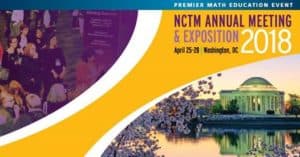 NCTM Annual Meeting and Exposition 2018 (April 25 – 28 at the Walter E. Washington Convention Center in Washington, D.C.) is the premier math education event of the year!
NCTM Annual Meeting and Exposition 2018 (April 25 – 28 at the Walter E. Washington Convention Center in Washington, D.C.) is the premier math education event of the year!
Do Not Invert and Multiply! Building the Bridge to Algebra Through Fractions Tasks
Date: Friday, April 27, 2018
Time: 1:30 PM – 2:30 PM
Room: 159 AB
Join Cassy Turner, Beth Curran, and Allison Coates as they work through hands-on tasks for fractions. We’ll investigate how the progression of fractions problems helps students build mastery of algebraic concepts such as naming unknown quantities, writing expressions, and laying the foundation for solving for x.
Using Anchor Tasks to Engage Learners: Deepening Understanding through Exploration and Discourse
Date: Saturday, April 28, 2018
Time: 8:00 AM – 9:00 AM
Room: 146 B
Participants will engage in active math lessons and learn how to use learning objectives to create anchor tasks that spark student interest and allow students of all levels to build on prior knowledge, explore concepts with concrete materials and engage in productive discourse to deepen conceptual understanding with a focus on problem-solving. Cassy Turner and Beth Curran will lead this interactive workshop
Beginning Bar Model Boot Camp: Getting Started with Model Drawing
Date: Saturday, April 28, 2018
Time: 9:45 AM – 11:00 AM
Room: 144 ABC
Improving students’ problem-solving abilities is a major objective of Common Core and state standards, and model drawing is a powerful tool that students can use to attack complex problems. Join Cassy Turner and Beth Curran to investigate methods of teaching and assessing tape diagrams for those persnickety word problems, and explore interactive model drawing technology.


